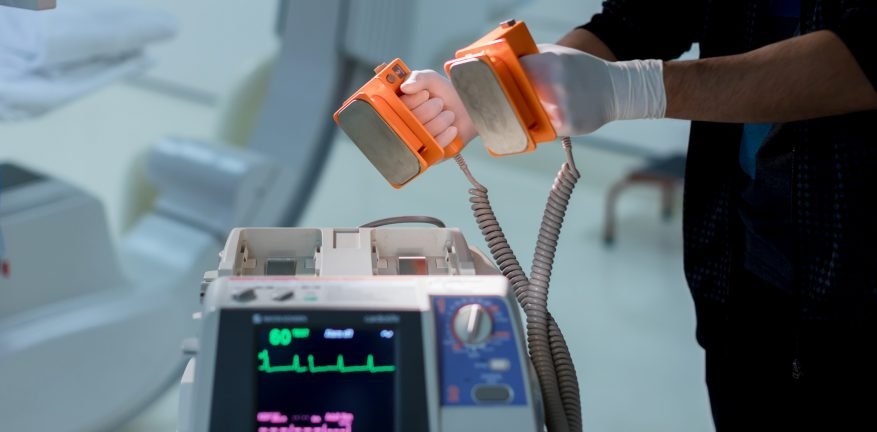When a person goes into cardiac arrest, every second counts. A defibrillator can be the difference between life and death. Defibrillators are electronic devices that deliver an electric shock to the heart to restore its natural rhythm. These devices have come a long way since their introduction in the 1940s. Today, defibrillators are more advanced than ever; for example, philips defibrillators. These devices have saved countless lives worldwide.
Understanding the basics
A defibrillator sends an electrical shock to the heart, which helps reset the heart’s rhythm. In cardiac arrest, a person’s heart can start to beat irregularly or even stop beating altogether. Defibrillators can help to restore the heart’s natural rhythm, which can be the difference between life and death. Modern defibrillators are designed to be user-friendly, with clear instructions and simple interfaces that make them easy to use even for people who have no medical training.
Types
Several types of defibrillators are available on the market, each with unique features and capabilities. Automated external defibrillators (AEDs) are the most common type readily available in many public places such as schools, airports, and shopping centres. Anyone can use these devices, even people with no medical training. Implantable cardioverter-defibrillators (ICDs) are another type surgically implanted in the chest of people at risk of cardiac arrest. These devices can monitor the heart’s rhythm and deliver an electric shock if needed.
The technology behind these machines
These are advanced electronic devices that rely on hardware and software to function. The software in modern defibrillators is designed to analyse the heart’s rhythm and determine whether an electric shock is necessary. This process is known as rhythm analysis, and it can take just a few seconds to complete. Once the software has analysed the heart’s rhythm, it will determine whether a shock is needed and if so, it will deliver the shock to the heart through the defibrillator’s electrodes.
They also feature a range of other advanced technologies, such as voice prompts, which guide users through the defibrillation process, and self-diagnostic systems that perform regular checks to ensure that the device is working correctly. Many defibrillators also feature Bluetooth connectivity, which allows them to connect to other devices, such as smartphones and tablets. This can be particularly useful in emergencies, as it allows medical professionals to monitor the device remotely and guide the user.
The Importance of Defibrillators in Saving Lives
Defibrillators have been responsible for saving countless lives around the world. In fact, according to the American Heart Association, every minute that passes without defibrillation decreases the chance of survival by 7-10%. This is why it’s so essential to have them readily available in public places and workplaces. This is because more and more people recognise the importance of these machines in saving lives.
The Use of Defibrillators in Public Places
Defibrillators have become an essential part of public safety in many countries. In Australia, these devices are common in public places such as shopping centres, sports clubs, airports, and train stations. The availability of these devices in public places is critical as it can mean the difference between life and death in the event of sudden cardiac arrest.
Many public places have adopted the Automated External Defibrillator (AED) as it is simple to use and can be operated by anyone, regardless of their level of training. AEDs are user-friendly and always have step-by-step instructions through visual and audio prompts.
In conclusion, defibrillators are essential in saving lives during cardiac arrest. They are advanced electronic devices that rely on a combination of hardware and software to function. Modern defibrillators like philips defibrillators are designed to be user-friendly, with clear instructions and simple interfaces that make them easy to use, even for people with no medical training.






